Angiotensin Converting Enzyme (ACE): Its Role, Sample Types, and Report Generation Time
 Its Role, Sample Types, and Report Generation Time.jpg)
When it comes to understanding our body's complex systems, certain enzymes play a pivotal role in maintaining our health. One such enzyme is the Angiotensin-Converting Enzyme, commonly known as ACE. In this blog post, we'll explore what ACE is, its importance, the types of samples needed for ACE testing, and how long it typically takes to get results.
Introduction to ACE
Angiotensin-Converting Enzyme (ACE) is a critical component in the body’s renin-angiotensin system, which helps regulate blood pressure. This enzyme converts angiotensin I, an inactive hormone, into angiotensin II, a potent vasoconstrictor that narrows blood vessels and raises blood pressure. Due to its significant role, ACE levels can be a valuable indicator in diagnosing and managing various health conditions, particularly those related to blood pressure and cardiovascular health.
Why is ACE Important?
ACE is crucial because it helps control blood pressure and fluid balance in the body. High levels of ACE can indicate conditions such as sarcoidosis, a disease that involves abnormal collections of inflammatory cells. Conversely, low levels of ACE might be linked to certain genetic conditions or chronic diseases. Monitoring ACE levels can thus provide essential insights into a person's overall health and help guide treatment decisions.
How is ACE Tested?
ACE testing is usually performed through a blood test. Here’s an easy-to-follow explanation of the procedure:
- Sample Type: The primary sample type for an ACE test is a blood sample. A medical practitioner will extract blood from a vein, usually located in the arm.
- Procedure: The process is straightforward and quick. A needle is used to draw blood into a vial or syringe. The specimen is subsequently dispatched to a laboratory for examination.
- Preparation: Generally, no special preparation is needed for an ACE test. Nonetheless, adhering to any particular guidelines given by your healthcare provider is advisable.
How Long Does it Take to Get Results?
The time it takes to get results from an ACE test can vary depending on the laboratory and the urgency of the test. However, here’s a general timeline:
- Standard Processing: For most routine tests, the results are usually available within 1 to 3 days.
- Urgent Processing: In cases where rapid results are needed, some labs offer expedited processing, which can provide results within a few hours to 1 day.
What Do the Results Mean?
Interpreting ACE test results involves comparing the measured enzyme levels to a reference range. Here’s a simple guide to understanding what your results might indicate:
- High ACE Levels: Elevated ACE levels can be a sign of sarcoidosis, a condition characterized by inflammation in various body tissues. Other conditions such as tuberculosis, diabetes, and certain fungal infections might also show increased ACE levels.
- Low ACE Levels: Lower than normal ACE levels might indicate chronic diseases, genetic conditions, or the effect of specific medications.
Conclusion
Understanding Angiotensin-Converting Enzyme (ACE) is essential for managing various health conditions, especially those affecting blood pressure and cardiovascular health. Through a simple blood test, ACE levels can provide valuable insights into your health status. By knowing what to expect in terms of sample type and report generation time, you can better prepare for your ACE test and understand the implications of your results. For tailored advice and guidance tailored to your individual health requirements, it's essential to seek counsel from your healthcare provider.
Related Blogs
-
PSA Test (पीएसए टेस्ट) - What Is It, Cost, Symptoms, And How Does It Work?
 - What Is It, Cost, Symptoms, And How Does It Work.jpg)
-
How to Lower Thyroid Antibodies Naturally and Manage Thyroid Peroxidase Antibodies?

-
RDW (Red Cell Distribution Width) Test: Understanding It's Significance And Interpretation
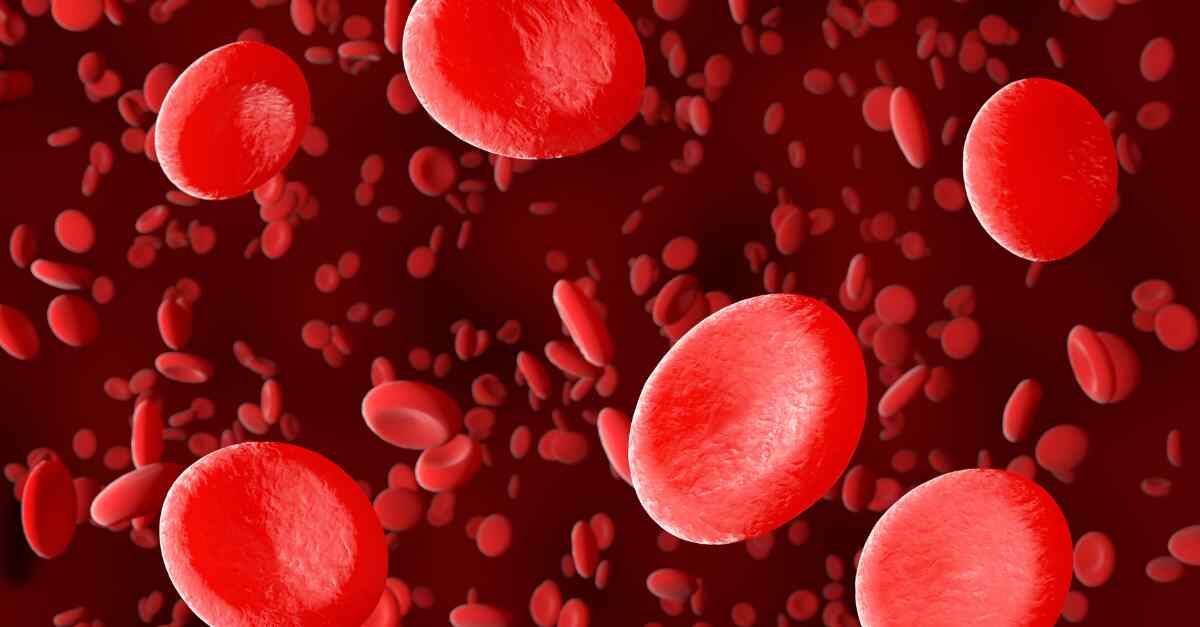
-
Marvel Path Lab - Your Trusted Partner in Comprehensive Blood Testing

-
थायराइड क्या है? थायराइड के कारण, लक्षण और प्रभावी घरेलू उपचार (Home Remedies For Thyroid in Hindi)
.jpg)
-
Discover the Ultimate Liver Detox: Top 15 Foods to Naturally Cleanse Your Liver

-
The Ultimate Guide to Understanding MCV in Blood Tests
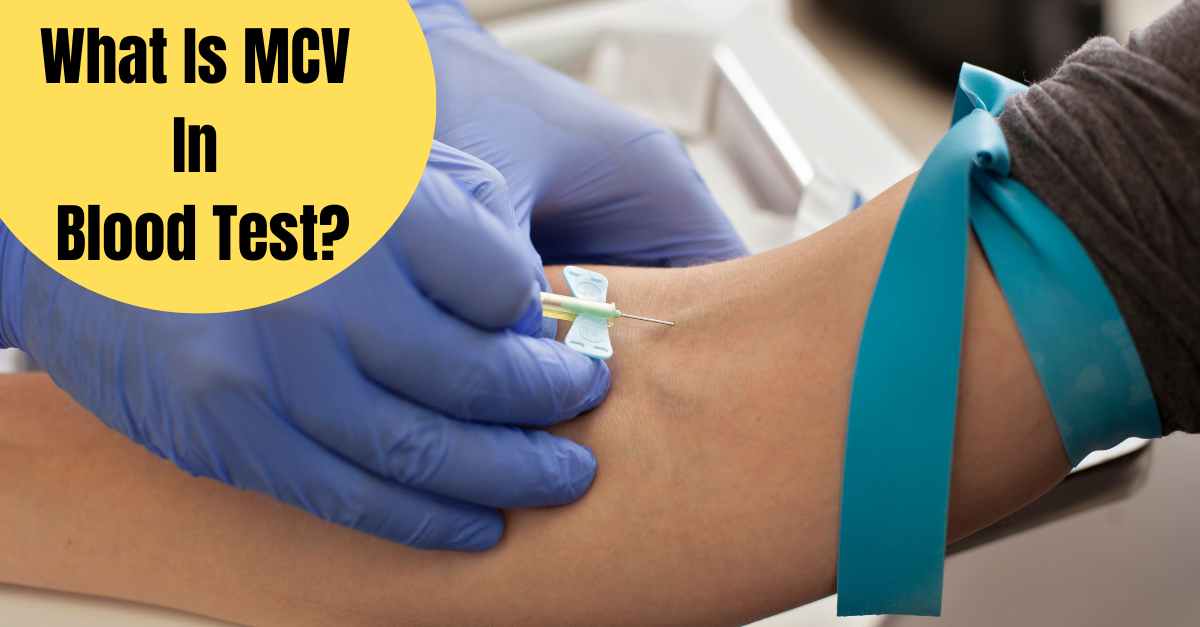
-
AMH Levels Unveiled: What is a Good AMH Level to Get Pregnant
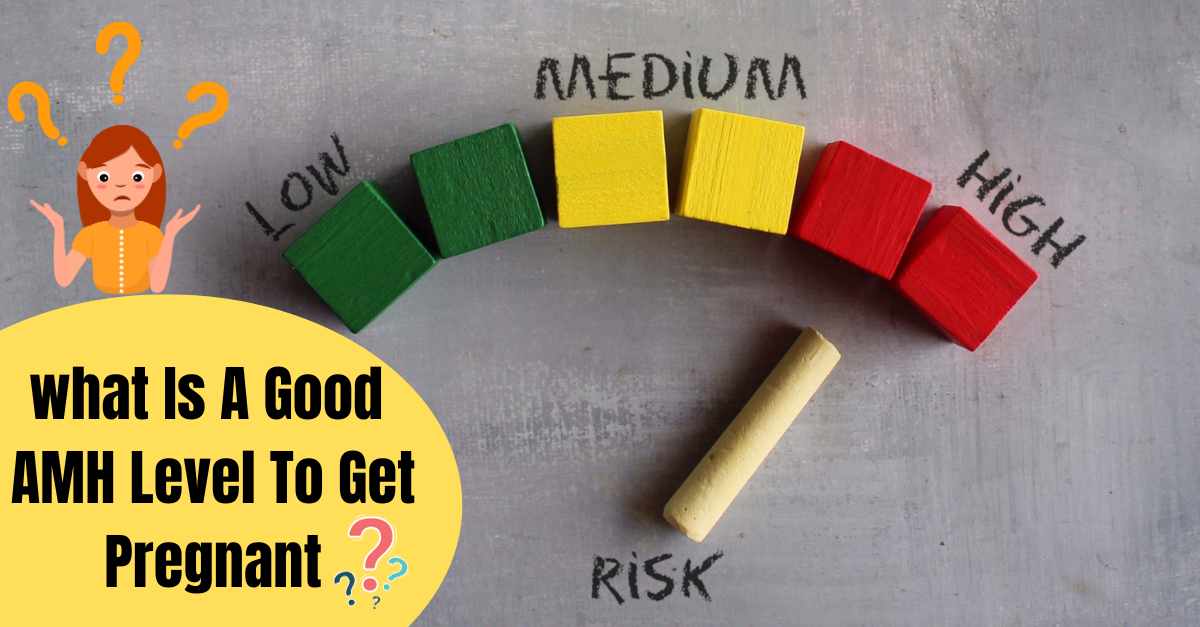
-
Weil Felix Test - Marvel Path Lab

-
Exploring Fructosamine Testing: Marvel Path lab

-
Exploring Malaria Causes, Symptoms, And Cutting-Edge Diagnosis Techniques

-
Unlocking the Secrets of Fertility: Understanding Semen Analysis

-
Hot Weather, Cool Tips: Mastering Summer Wellness Like a Pro!

-
Homocysteine Test in Hindi:होमोसिस्टीन टेस्ट क्या है, खर्च, नॉर्मल रेंज, कैसे क्यों और कब होता है!

-
Optimizing Your Health Through Food Intolerance Testing: A Step-by-Step Guide

-
Your Allergy Questions Answered: Causes, Symptoms, and Diagnosis

-
Boost Your Heart Health: Simple Ways to Manage Homocysteine Levels Through Diet

-
Does MCV (Mean Corpuscular Volume) Fluctuate

-
Understanding Normal Values in a Peripheral Smear Test

-
Understanding the Prolactin Blood Test: Purpose, Procedure, and Interpretation

-
CA सीए 125 टेस्ट - क्यों किया जाता है, इसकी आवश्यकता क्या है, और जानें इसके बारे में
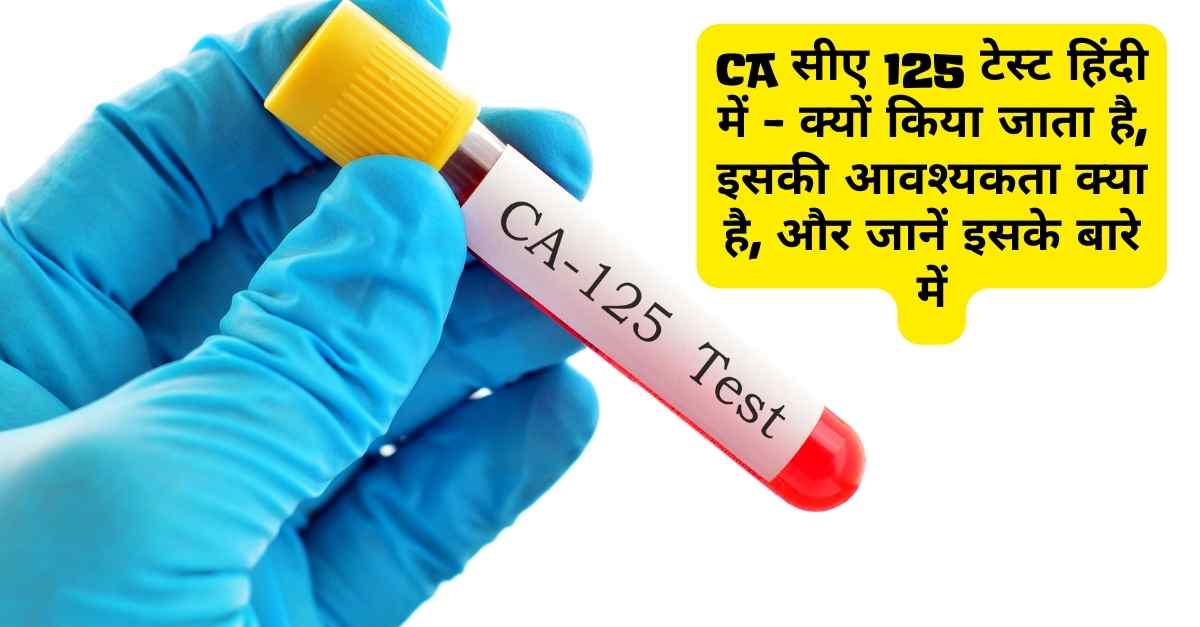
-
Understanding the Anti-Müllerian Hormone (AMH) Test: A Simple Guide
 Test.jpg)
-
The MPV Blood Test Explained: What It Reveals About Your Health
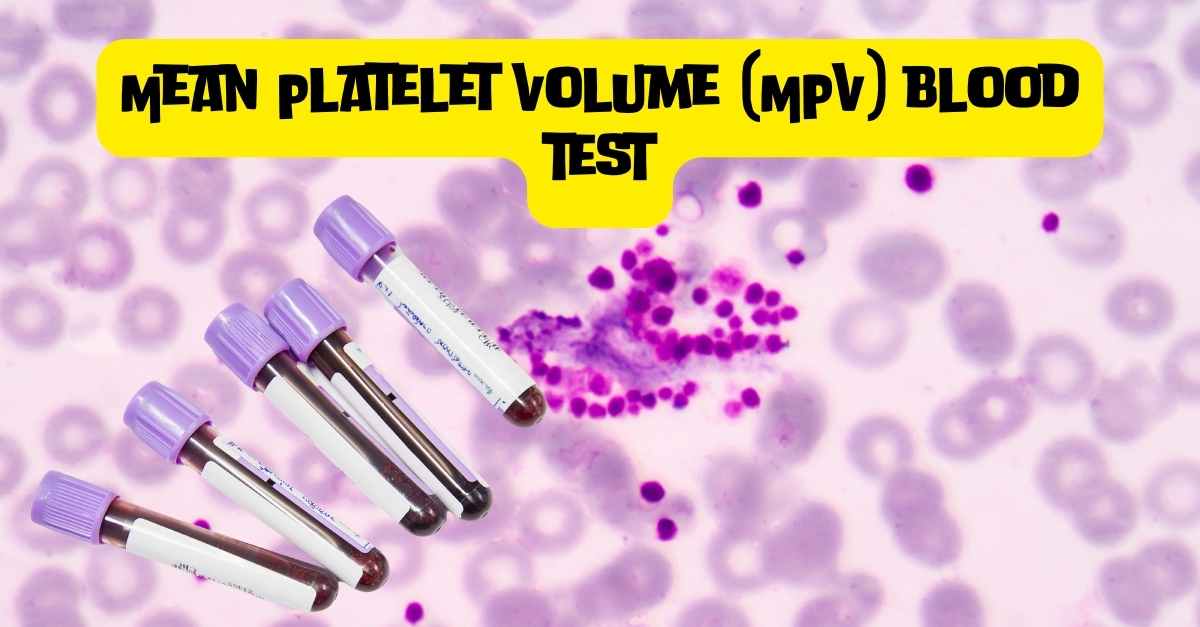
-
Understanding Pancreas Blood Tests

-
Understanding the CO2 Blood Test: A Simple Guide to Your Health
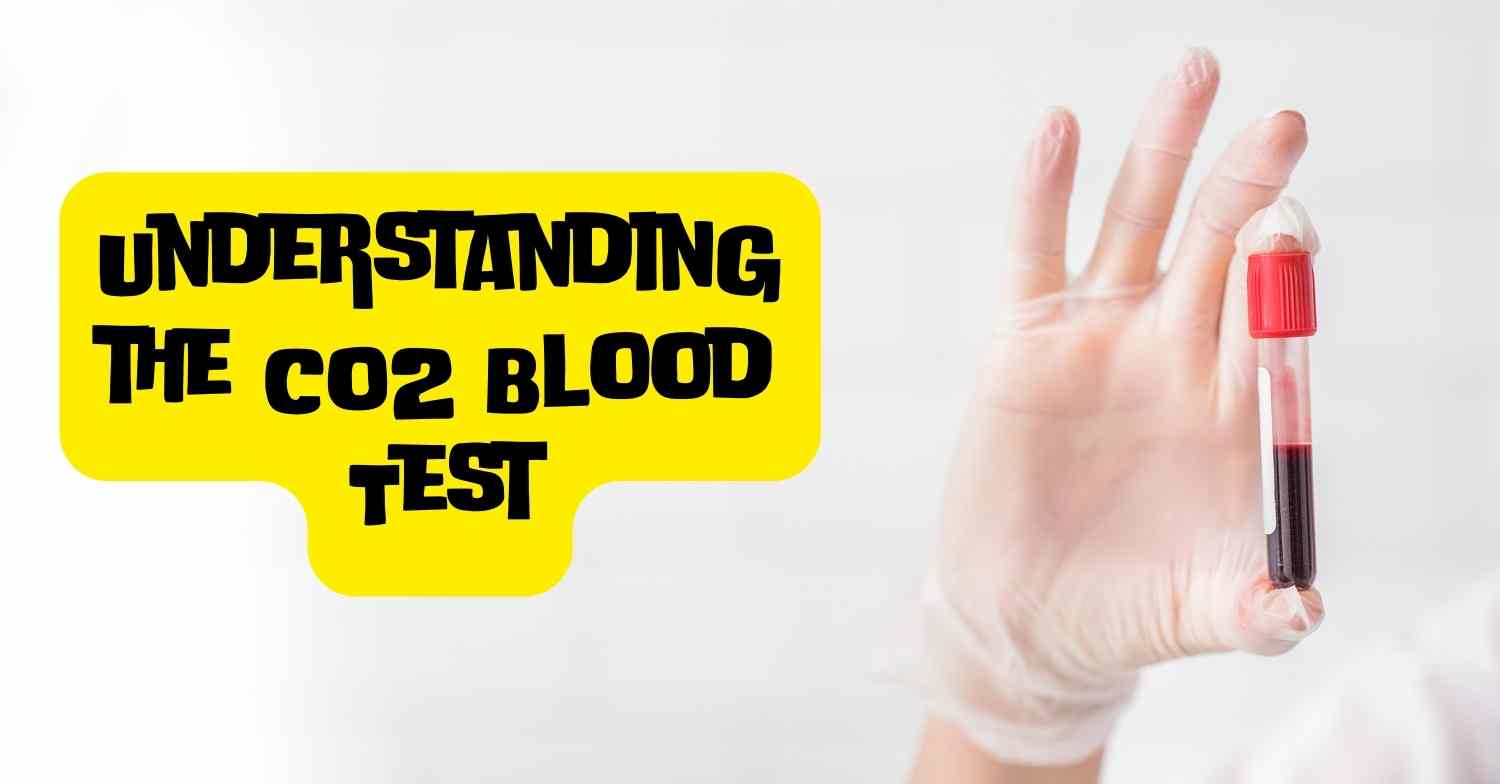
-
Albumin Blood Test
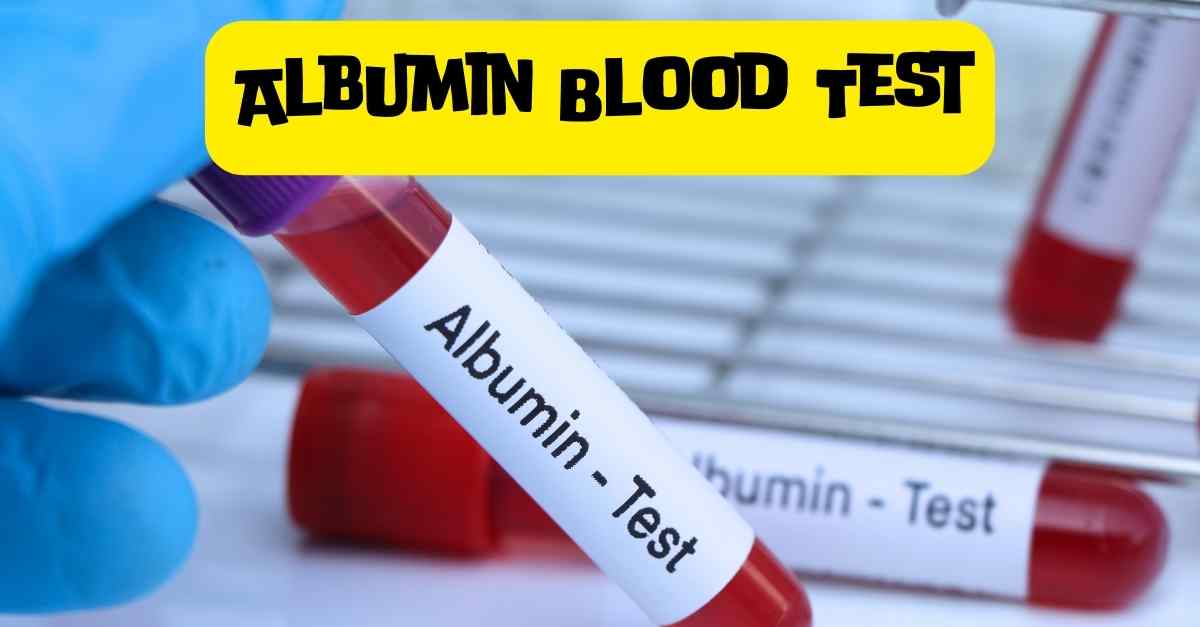
-
Everything You Need to Know About the Globulin Blood Test

-
Allergy Blood Test

-
Understanding Cardiac Blood Tests: A Guide to Heart Health
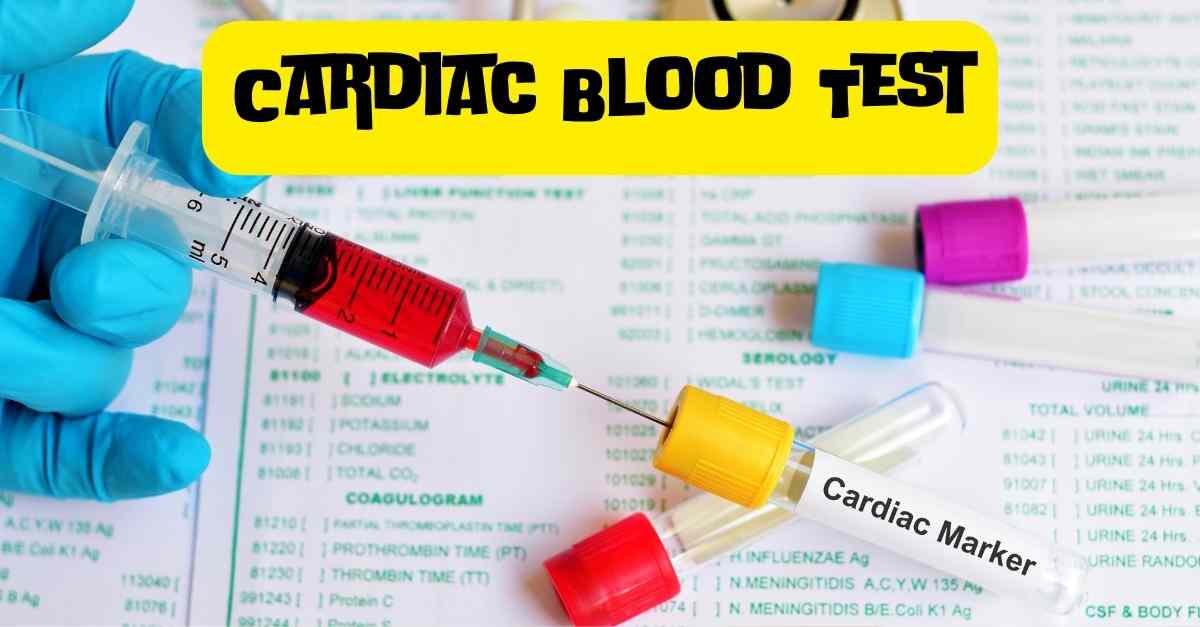
-
Decoding Your Chloride Blood Test: What You Need to Know
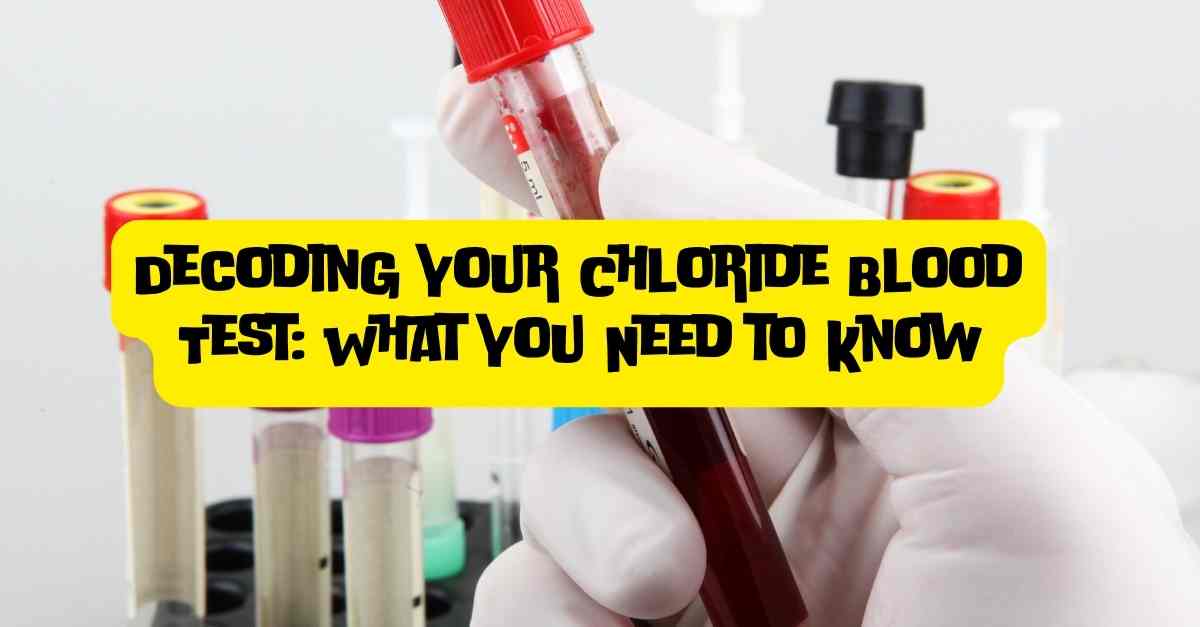
-
Calcium Blood Tests: A Vital Tool for Assessing Bone and Heart Health
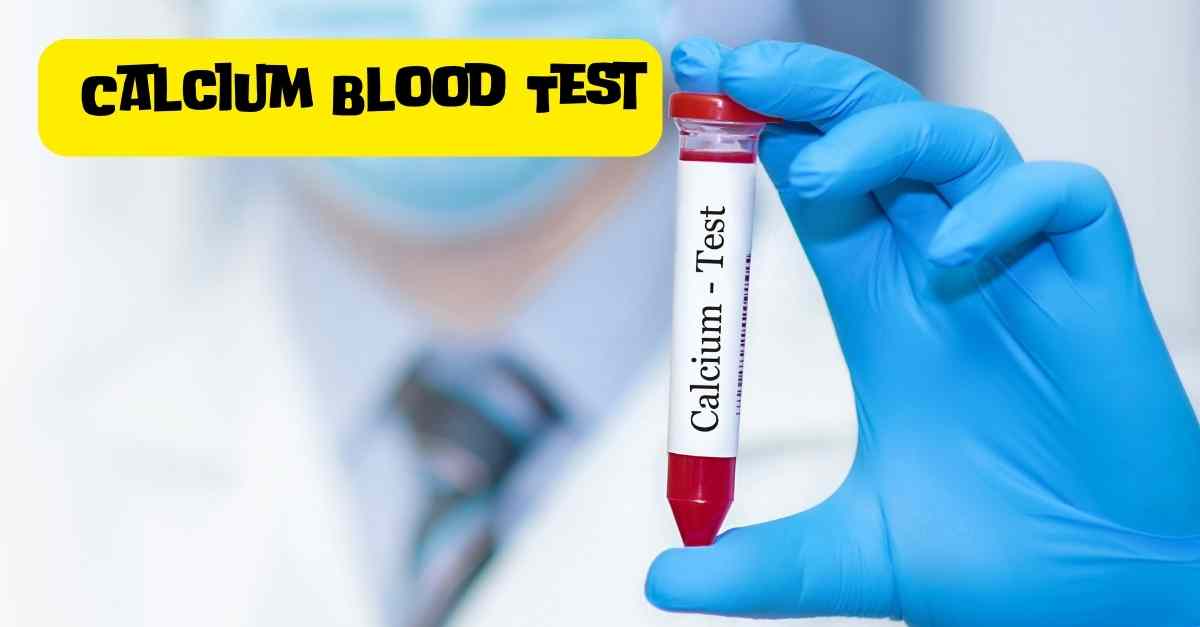
-
The Silent Indicator: Understanding the Fecal Occult Blood Test (FOBT)
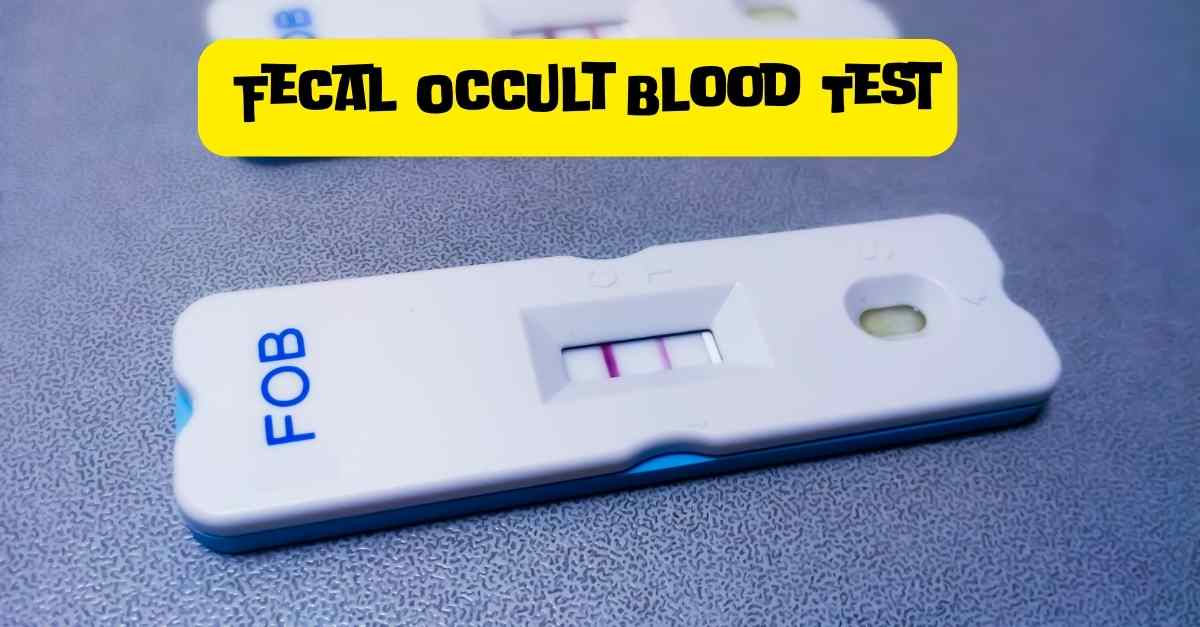
-
All About the C3 Complement Blood Test: Normal, High, and Low Ranges Explained

-
Simplifying the Anion Gap Blood Test: What You Need to Know

-
CA-125 Blood Test
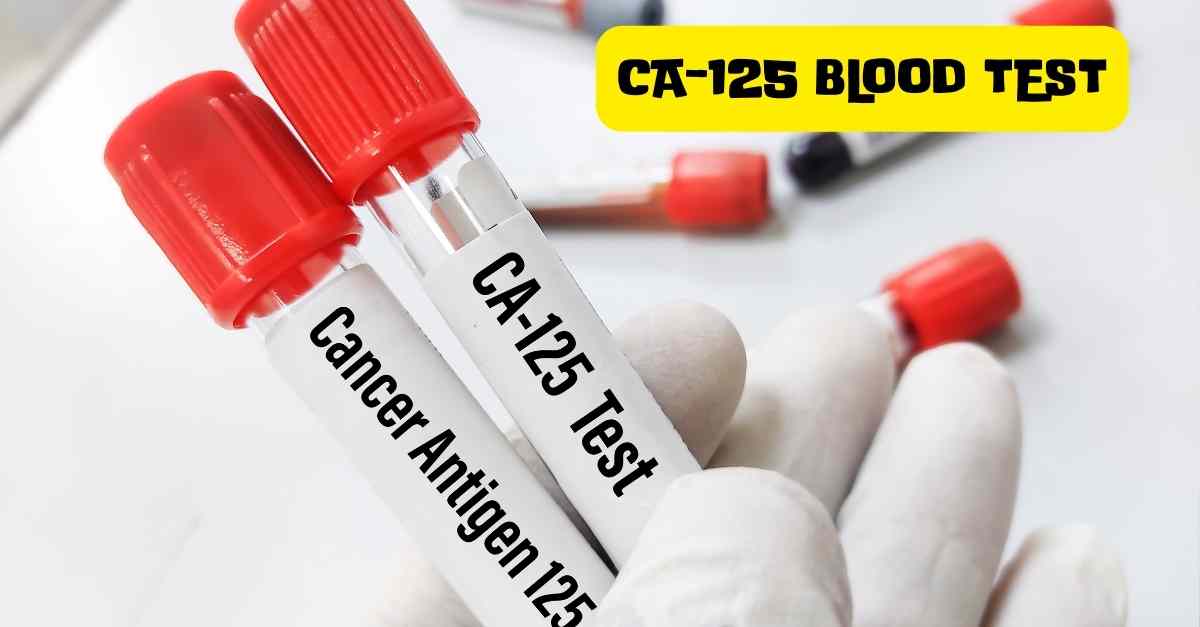
-
Understanding Lung Cancer: Symptoms, Causes, and Prevention

-
Exploring the Long-Term Health Effects of Tobacco Use

-
Beating the Heat: Essential Tips for Staying Cool and Safe

-
Summer Health Tips: Stay Cool, Stay Healthy!

-
मंटौक्स परीक्षण (Mantoux test) के लिए व्यापक गाइड: प्रक्रिया, व्याख्या और महत्व

-
The Comprehensive Guide to ALT Blood Test
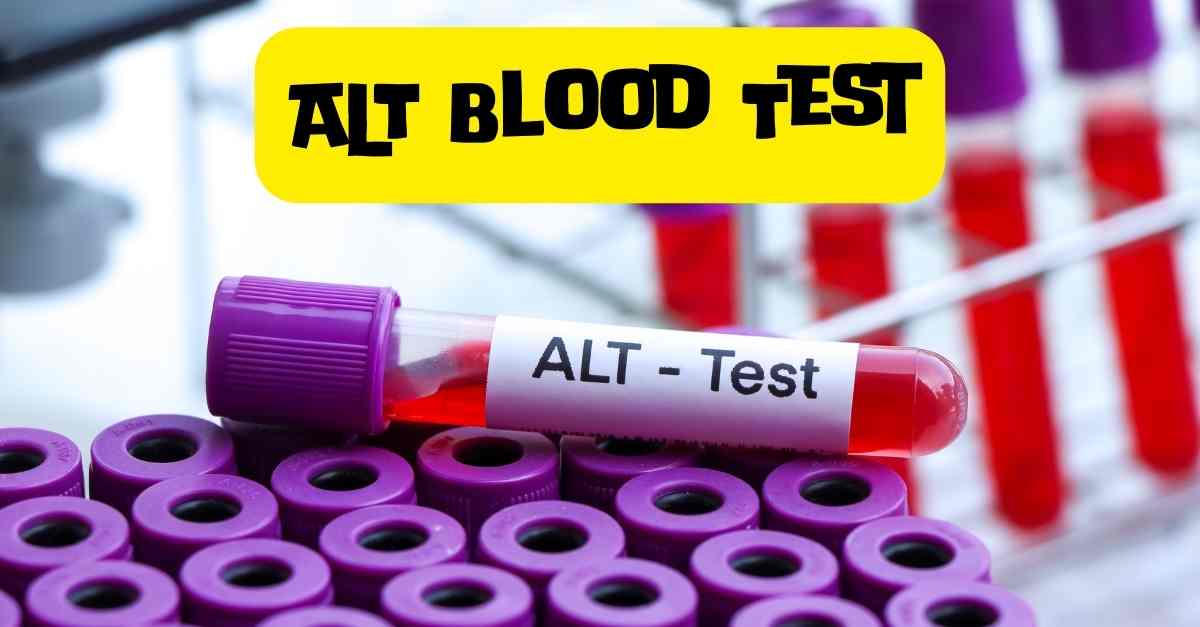
-
AST Blood Test: Your Guide to Liver Health Assessment
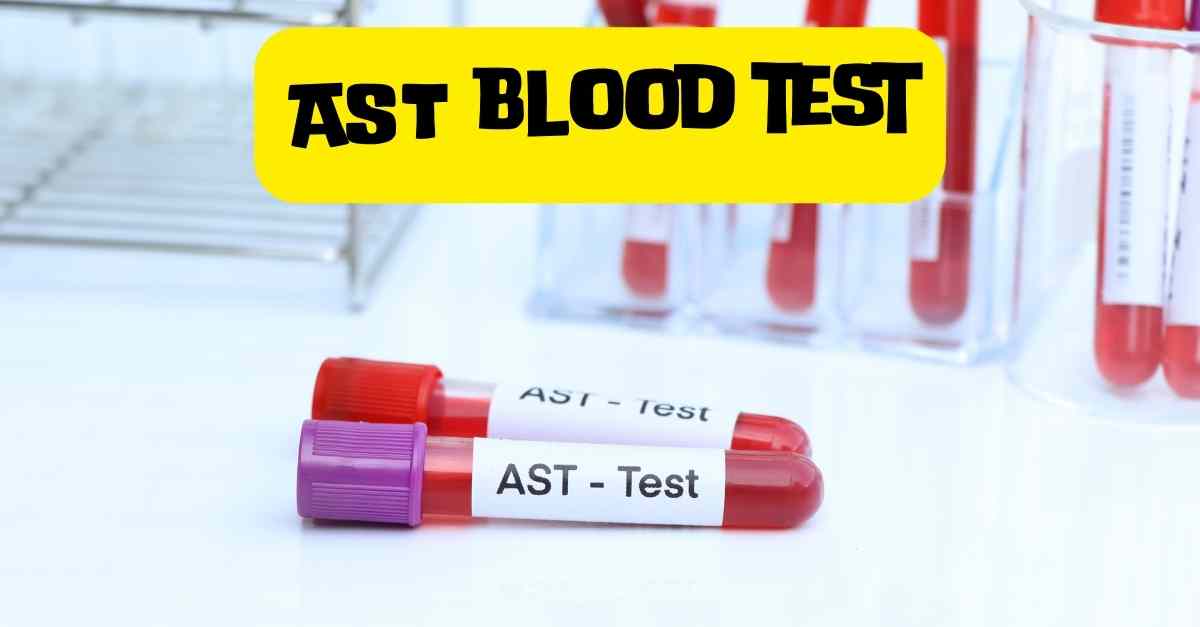
-
SGPT Blood Test
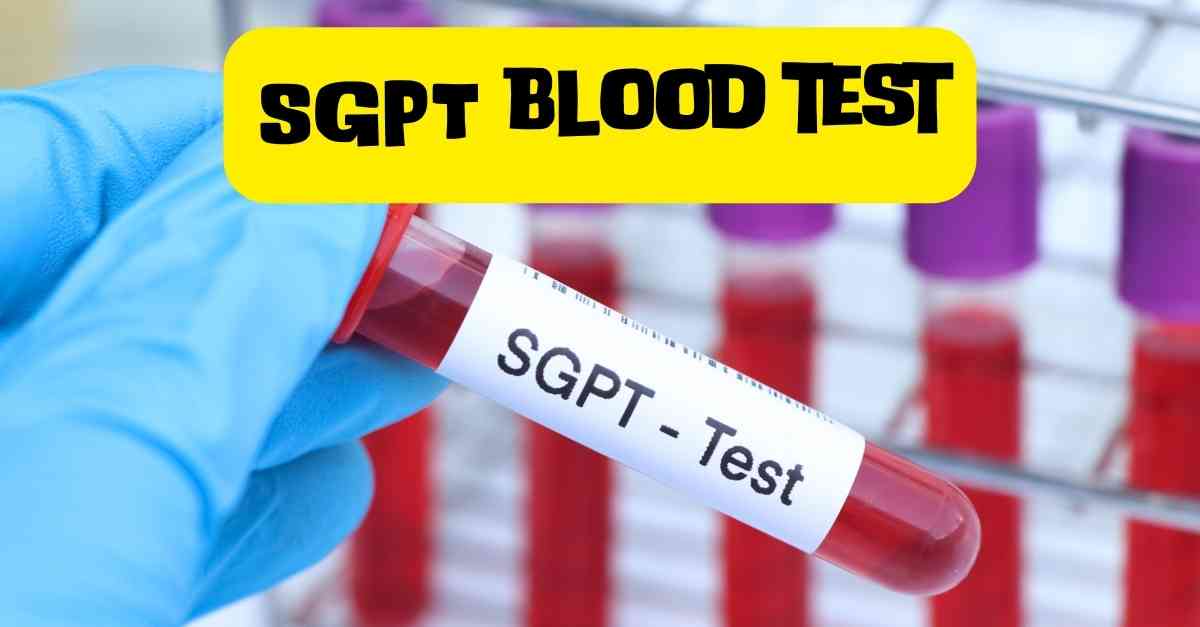
-
Serum Bilirubin Test in Hindi -सीरम बिलीरुबिन टेस्ट की पूरी जानकारी

-
Everything You Need to Know About the MCH Blood Test
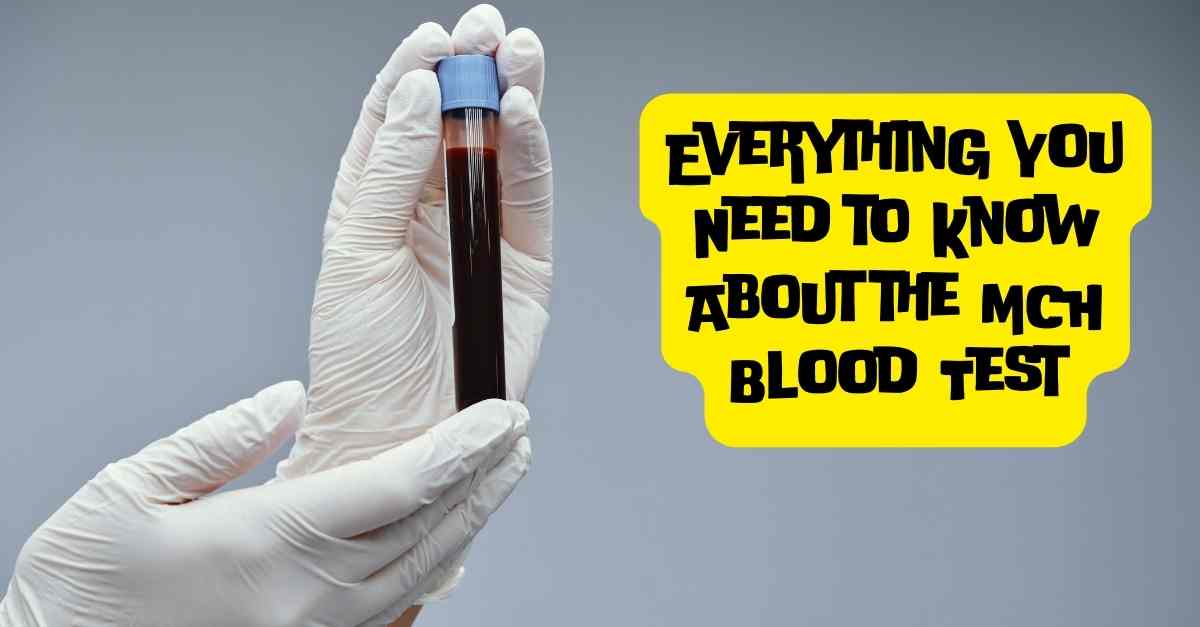
-
Best Home Remedies to Naturally Detox Liver

-
Unveiling the Side Effects of Excessive Vitamin B12 Intake

-
Best Foods for Kidney Detox Naturally Boost Your Renal Health

-
LKM Antibody Test: A Comprehensive Guide

-
लीवर फंक्शन टेस्ट: समझें, क्या होता है और कैसे काम करता है

-
Amylase Blood Tests
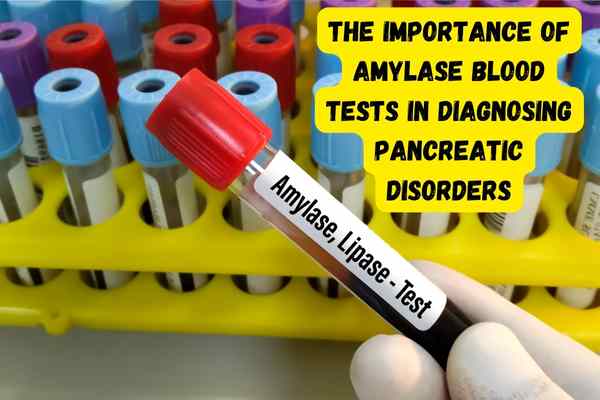
-
Vanillylmandelic Acid-VMA Urine Tests
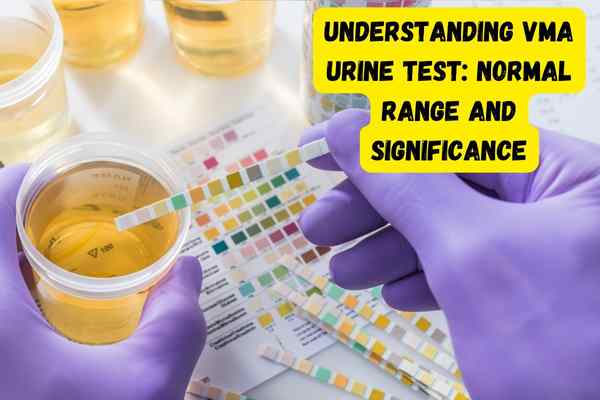
-
Everything You Need to Know About the CRP Test

-
Simple Strategies for a Healthy Liver: Your Ultimate Guide

-
Ferritin Test in Hindi (सीरम फेरिटिन टेस्ट)
.jpg)
-
Karyotyping Test Explained in Hindi: कैरियोटाइपिंग टेस्ट

-
All About PRL Blood Test and Its Impact on Prolactin Levels

-
Acid-Fast Bacillus (AFB) Tests Demystified
 Tests Demystified.jpg)
-
Acetaminophen Level Tests

-
Empowering Awareness: Your Guide to ADHD Screening

-
Adrenocorticotropic Hormone (ACTH) Test
 Test.jpg)
-
Are You Drinking Too Much The Essential Guide to Alcohol Use Screening Tests
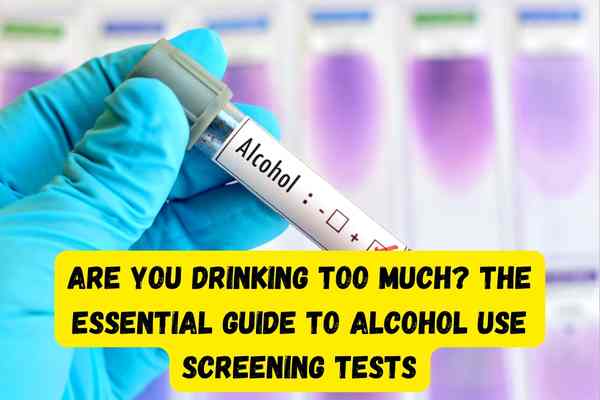
-
Breaking: New Study Reveals Surprising Link Between Aldosterone Levels and Heart Health

-
High or Low What Your Alkaline Phosphatase Levels Mean for You
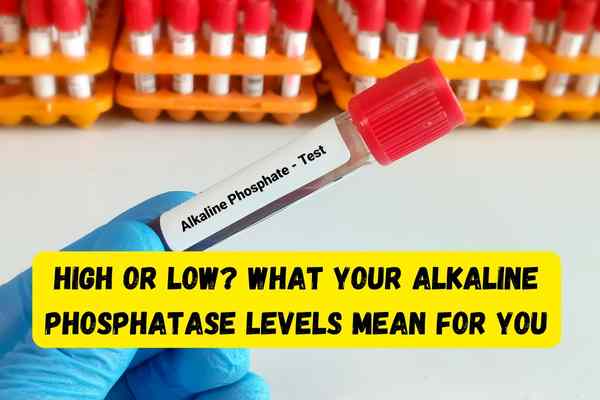
-
Attention: Must-Know Facts About Allergy Blood Testing

-
Allergy Skin Tests

-
The Role of the ANA Test in Diagnosing and Treating Autoimmune Conditions
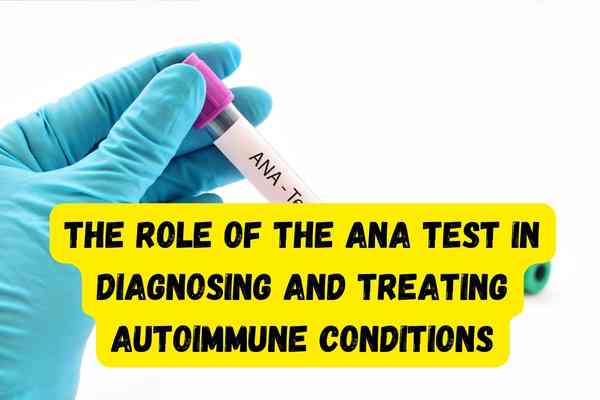
-
The Acid Phosphatase Test: What You Need to Know About Sample Types and Report Timing

-
Albumin Fluid Test: Significance, Sample Types, and Report Timeline

-
Ammonia Blood Test: Sample Type, Report Generation Time, and Diagnostic Importance
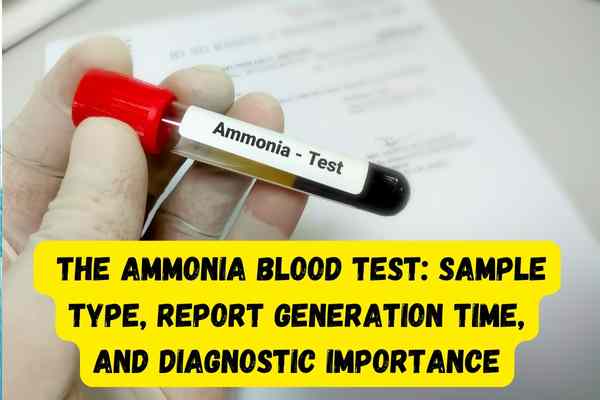
-
Bile Acid Total Blood Test: Sample Type and Report Generation Time Explained

-
Blood Urea Nitrogen (BUN) Levels Explained: Fast, Accurate Testing with Blood Samples at Marvel Path Lab
 Levels Explained Fast, Accurate Testing with Blood Samples at Marvel Path Lab.jpg)
-
Amniocentesis Fluid Test : the Procedure, Sample Type, and Report Results

-
The Hidden Dangers of Bird Flu: What You Need to Know About Avian Influenza

-
Zika Virus : ज़ीका वायरस के कारण , लक्षण और बचने के उपाय

-
तेजी से फ़ैल रहा है West Nile Virus जाने यह बीमारी क्या है और इससे कैसे करे अपना बचाव
 48 मामलो की हुई पुष्टि.jpg)
-
25 की उम्र पर करते ही हर पुरुष को ये 10 टेस्ट जरूर करवाने चाहिए

-
25 की उम्र पार करते ही महिलाओं को ये 7 टेस्ट करवाना क्यों है जरूरी

-
हर शादीशुदा महिला के लिए जरूरी 10 टेस्ट: सेहतमंद रहने के लिए आज ही करवाएं!

-
इन 10 खाद्य पदार्थों को डाइट से गायब न करें वरना थायरॉयड की समस्या बढ़ सकती है!

-
अगर आपको भी डेंगू है, तो हो जाएं सावधान – आज ही करें ये घरेलू उपचार

-
अगर आपको भी दिख रहे हैं ये लक्षण तो हो जाएं सावधान, आपका लिवर सड़ चुका है तुरंत करवाए लिवर टेस्ट

-
प्लेटलेट्स बढ़ाने के लिए 6 अचूक उपाय – आज ही शुरू करें!
.jpg)
-
हर महिला को यह 5 ब्लड टेस्ट जरूर करवाने चाहिए – जानिए क्यों!

-
विटामिन की कमी का पता लगाने और सुधारने के लिए ब्लड टेस्ट का सही तरीका

-
7 Warning Signs of Dengue Fever in Hindi : जानें कैसे पहचानें और खुद को बचाएं!

-
डेंगू में प्लेटलेट्स कैसे बढ़ाएं: घर बैठे अपनाएं ये 10 चमत्कारी घरेलू उपाय, रिजल्ट चौंका देंगे!

-
Rashes In Dengue Is Good Or Bad डेंगू में रैशेज: क्या ये आपकी सेहत के लिए अच्छे हैं या खतरनाक संकेत जानिए सच्चाई!

-
Dengue Antibody Igm Positive Means :क्या होता है जब डेंगू एंटीबॉडी IgM पॉजिटिव आए यहाँ जानें!

-
अगर आपको ये 7 लक्षण दिखें, तो हो सकता है टाइफाइड! तुरंत जानें टाइफाइड के लक्षण और बचाव के उपाय

-
Dengue Symptoms In Babies : बच्चों में 7 चौंकाने वाले लक्षण जो हर माता-पिता को जानने चाहिए!

-
How Many Days To Recover From Dengue : जल्दी ठीक होने के लिए अपनाएं ये 6 टिप्स!

-
Monkeypox Symptoms मंकीपॉक्स के 7 खतरनाक लक्षण: जानें कैसे बचें और सुरक्षित रहें!

-
Viral Fever Treatment At Home : वायरल बुखार से छुटकारा पाने के 8सरल घरेलू उपाय जानें कैसे करें इलाज

-
What To Eat During Fever : बुखार में क्या खाना चाहिए जानिए 7 सुपरफूड्स जो तेजी से ठीक करेंगे!

-
इन 15 खाद्य पदार्थों को न छोड़ें वरना आपका लिवर कभी भी साफ नहीं रहेगा

-
Rashes After Fever In Adults: क्या बुखार के बाद रैशेस सामान्य हैं जानें लक्षण, कारण और उपाय!

-
Scarlet Fever Symptoms : आपके बच्चे को हो सकता है स्कार्लेट फीवर! लक्षण और इलाज की पूरी जानकारी

-
थायरॉयड के इन लक्षणों को न करें नजर अंदाज: तुरंत कराएं जांच जानें थायरॉयड बीमारियों का सरल इलाज

-
What Health Problems Are Associated With Low Blood Pressure : जानें कैसे पहचानें और बचें गंभीर समस्याओं से

-
4 Stages Of Typhoid Fever : जानें पहचानें और तुरंत इलाज करें!

-
Test For Dengue Fever : जानें पूरी जानकारी और सही समय पर टेस्ट करवाएं

-
Viral Fever Duration In Child : क्या आपका बच्चा वायरल बुखार से जूझ रहा है जानें इसके लक्षण और उपचार!

-
बस ये 5 चीजें खाएं और 1 हफ्ते में विटामिन B12 की कमी करें दूर, जानें आसान तरीके!

-
यूरिक एसिड को कंट्रोल करने का जादुई तरीका – सिर्फ ये चीज़ खाएं और पाएं राहत!

-
बस रात को खाएं ये एक चीज़ और देखें कैसे बढ़ता है विटामिन D!

-
क्या आप जानते हैं दुनिया में कितने प्रकार के ब्लड ग्रुप होते हैं यहां जानिए सब कुछ!

-
Which Path Lab Is Best In India: कैसे मार्वल पैथ लैब ने बदल दी पैथोलॉजी की दुनिया जाने कैसे !

-
Can you take vitamin B12 every day : क्या आप हर दिन विटामिन बी12 ले सकते हैं जानें इसके अद्भुत फायदे और सही खुराक!

-
क्यों होते हैं बुजुर्गों को कैंसर जानें 7 चौंकाने वाले कारण!

-
नवरात्रि में ये 10 सुपरफूड्स खाएं, माता रानी होंगी प्रसन्न और आप रहेंगे फिट!

-
Blood Test For Allergy : बार-बार छींक, खुजली, या सांस की दिक्कत, ये ब्लड टेस्ट आपके सभी सवालों का जवाब देगा!

-
PTH Blood Test: अगर दिख रहे हैं ये संकेत, तुरंत करवाएं ये जरूरी टेस्ट और जानें इसका पूरा प्रोसेस!

-
यूरिक एसिड को मिनटों में कम करें जानें 10 घरेलू नुस्खे जो तुरंत असर दिखाएंगे!

-
पूरे 9 दिन भूख से रहना चाहते हैं दूर, नवरात्रि में बस यह एक चीज खाएं!

-
Ratan Tata News : रतन टाटा जी का स्वास्थ्य रहस्य कैसे उन्होंने बनाए रखा अपनी सेहत

-
Crimean Congo Hemorrhagic Fever : लक्षण, कारण और और सही समय पर टेस्ट कराने की जरूरत अवश्य पढ़ें!

-
What Is Eosinophils In Blood Test ? आसान भाषा में जानिए!

-
सर्दी-खांसी से राहत या त्वचा की चमक? जानिए कच्ची हल्दी वाला दूध के 9 जबरदस्त फायदे!

-
Breast Cancer Recurrence Blood Test: The Life-Saving Check Every Survivor Needs to Know About!

-
Dementia Blood Test: How It Helps in Early Diagnosis and What You Should Know

-
Ding Liren Mental Health Issue: The Silent Struggle of a Chess Champion

-
UIBC Blood Test: Everything You Need to Know About Iron Levels in Your Body

-
HBAC ब्लड टेस्ट: यह टेस्ट क्यों ज़रूरी है और क्या बताता है?

-
क्या विटामिन B12 खतरनाक है? पूरी सच्चाई जानें!

-
Dual Marker Blood Test : जानिए यह टेस्ट क्यों जरूरी है और इसकी पूरी जानकारी

-
लिम्फोसाइट्स (Lymphocytes ) क्या होते हैं? पूरी जानकारी आसान भाषा में!
 क्या होते हैं पूरी जानकारी आसान भाषा में!.jpg)
-
गर्मियों में खुद को हाइड्रेटेड और हेल्दी कैसे रखें? | Marvel Path Lab की एक्सपर्ट गाइड

-
फैटी लिवर पेशेंट के लिए वरदान है ये चीज – Diet Tips to Improve Liver Health






